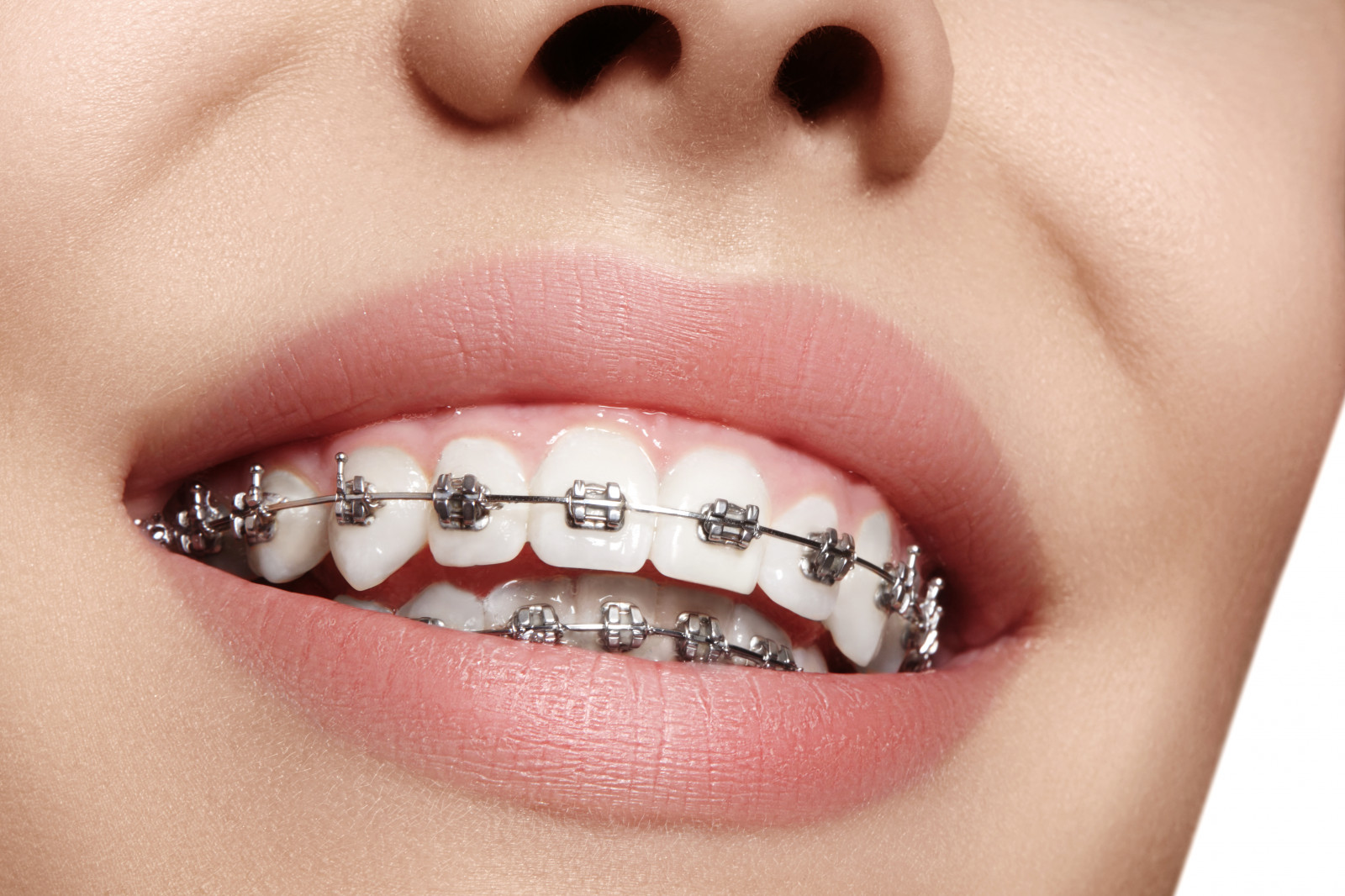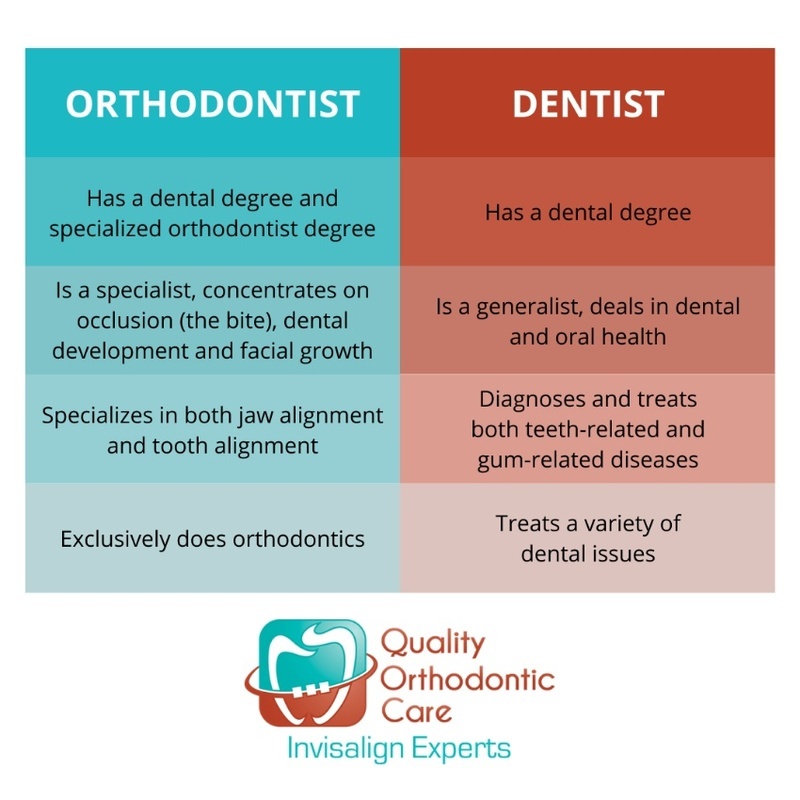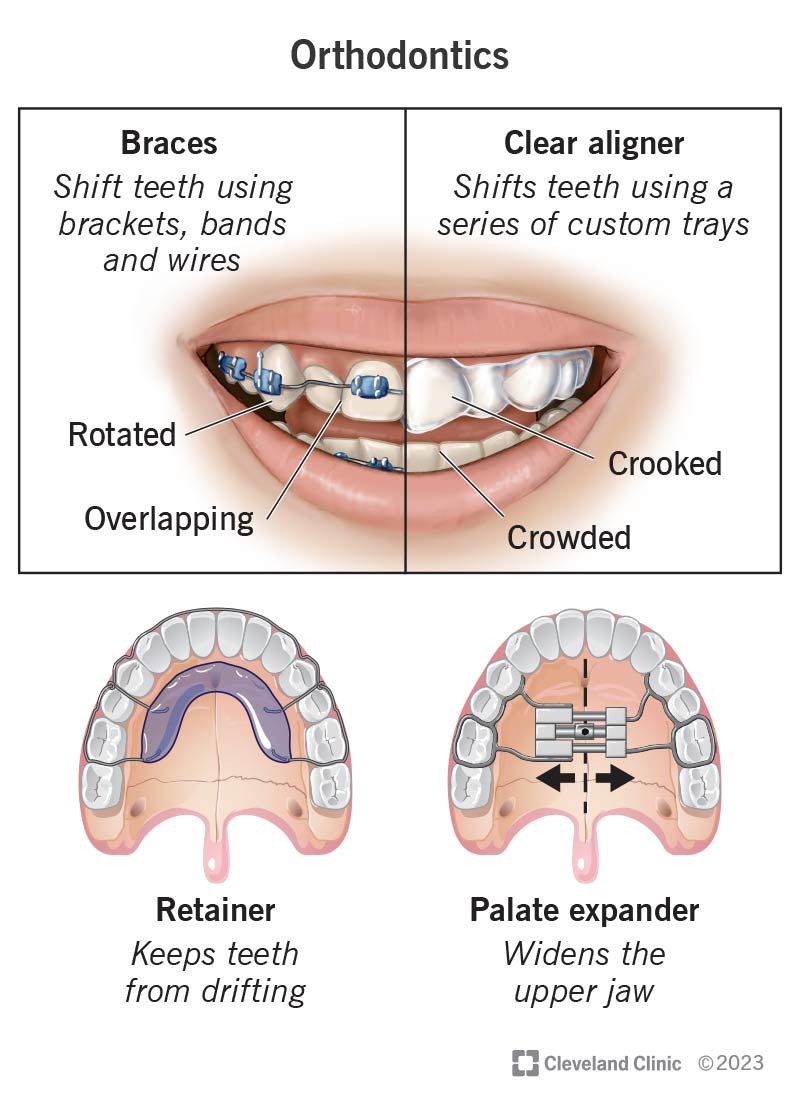See This Report about Causey Orthodontics
8 Easy Facts About Causey Orthodontics Described
Table of ContentsCausey Orthodontics for DummiesAll About Causey OrthodonticsThe Ultimate Guide To Causey OrthodonticsEverything about Causey OrthodonticsThe 6-Second Trick For Causey Orthodontics
Disregarding occlusal relationships, it was common to remove teeth for a variety of oral problems, such as malalignment or congestion. The concept of an undamaged dentition was not extensively appreciated in those days, making bite connections appear unimportant. In the late 1800s, the idea of occlusion was essential for producing dependable prosthetic replacement teeth.As these ideas of prosthetic occlusion progressed, it came to be a vital tool for dentistry. It remained in 1890 that the work and influence of Dr. Edwards H. Angle began to be really felt, with his contribution to contemporary orthodontics specifically notable. Originally focused on prosthodontics, he educated in Pennsylvania and Minnesota before guiding his focus towards oral occlusion and the treatments needed to keep it as a normal condition, hence becoming referred to as the "father of contemporary orthodontics".

The concept of excellent occlusion, as postulated by Angle and incorporated right into a category system, allowed a change in the direction of treating malocclusion, which is any type of inconsistency from regular occlusion. Having a complete set of teeth on both arcs was very looked for after in orthodontic therapy because of the demand for precise connections between them.
The Definitive Guide to Causey Orthodontics
As occlusion came to be the essential priority, facial percentages and appearances were ignored - Causey Orthodontics. To accomplish perfect occlusals without utilizing exterior forces, Angle proposed that having excellent occlusion was the finest means to gain optimal face visual appeals. With the passing away of time, it became fairly evident that even an extraordinary occlusion was not suitable when thought about from a visual point of sight
Charles Tweed in America and Raymond Begg in Australia (who both examined under Angle) re-introduced dentistry extraction into orthodontics during the 1940s and 1950s so they could improve facial esthetics while also guaranteeing much better stability concerning occlusal relationships. In the postwar period, cephalometric radiography started to be used by orthodontists for measuring changes in tooth and jaw position caused by development and therapy. It came to be apparent that orthodontic therapy could adjust mandibular growth, bring about the development of practical jaw orthopedics in Europe and extraoral force steps in the US. Nowadays, both practical home appliances and extraoral devices are applied around the world with the goal of changing growth patterns and kinds. Pursuing real, or at the very least boosted, jaw partnerships had actually come to be the main purpose of therapy by the mid-20th century.
The Greatest Guide To Causey Orthodontics
 The American Journal of Orthodontics was produced for this objective in 1915; before it, there were no clinical objectives to comply with, neither any exact classification system and brackets that did not have features. Up until the mid-1970s, braces were made by covering steel around each tooth. With improvements in adhesives, it ended up being feasible to instead bond steel braces to the teeth.
The American Journal of Orthodontics was produced for this objective in 1915; before it, there were no clinical objectives to comply with, neither any exact classification system and brackets that did not have features. Up until the mid-1970s, braces were made by covering steel around each tooth. With improvements in adhesives, it ended up being feasible to instead bond steel braces to the teeth.Andrews gave an insightful meaning of the ideal occlusion in permanent teeth. This has had significant results on orthodontic therapies that are administered frequently, and these are: 1. Proper interarchal partnerships 2. Correct crown angulation (tip) 3. Appropriate crown inclination (torque) 4. No rotations 5. Tight get in touch with points 6. Flat Curve of Spee (0.02.5 mm), and based on these principles, he found a treatment system called the straight-wire home appliance system, or the pre-adjusted edgewise system.
The advantage of the design hinges on its brace and archwire mix, which needs just very little wire bending from the orthodontist or medical professional (orthodontist services). It's appropriately named after this attribute: the angle of the port and thickness of the bracket base inevitably establish where each tooth is located with little requirement for extra adjustment
The Greatest Guide To Causey Orthodontics
Both of these systems employed similar brackets for each and every tooth and required the bending of an archwire in 3 aircrafts for locating teeth in their wanted positions, with these bends determining ultimate positionings. When it concerns orthodontic devices, they are divided right into 2 types: detachable and fixed. Detachable appliances can be handled and off by the patient as needed.

Therefore, nearly all modern set home appliances can be thought about variants on this edgewise home appliance system. Early 20th-century orthodontist Edward Angle made a major payment to the world of dental care. He produced four unique appliance systems that have actually been used as the basis for several orthodontic treatments today, barring a couple of exceptions.
Some Known Factual Statements About Causey Orthodontics

The cord ended in a string, and to relocate onward, an adjustable nut was used, which permitted a rise in area. By ligation, each individual tooth was attached to this large archwire (cheapest orthodontist near me). As a result of its restricted variety of activity, Angle was unable to attain exact tooth positioning with an E-arch
These tubes held a firm pin, which might be rearranged at each visit in order to move them in position. Called the "bone-growing appliance", this gizmo was theorized to urge much healthier bone development due to its possibility for transferring pressure directly to the origins. However, executing it proved frustrating in truth.